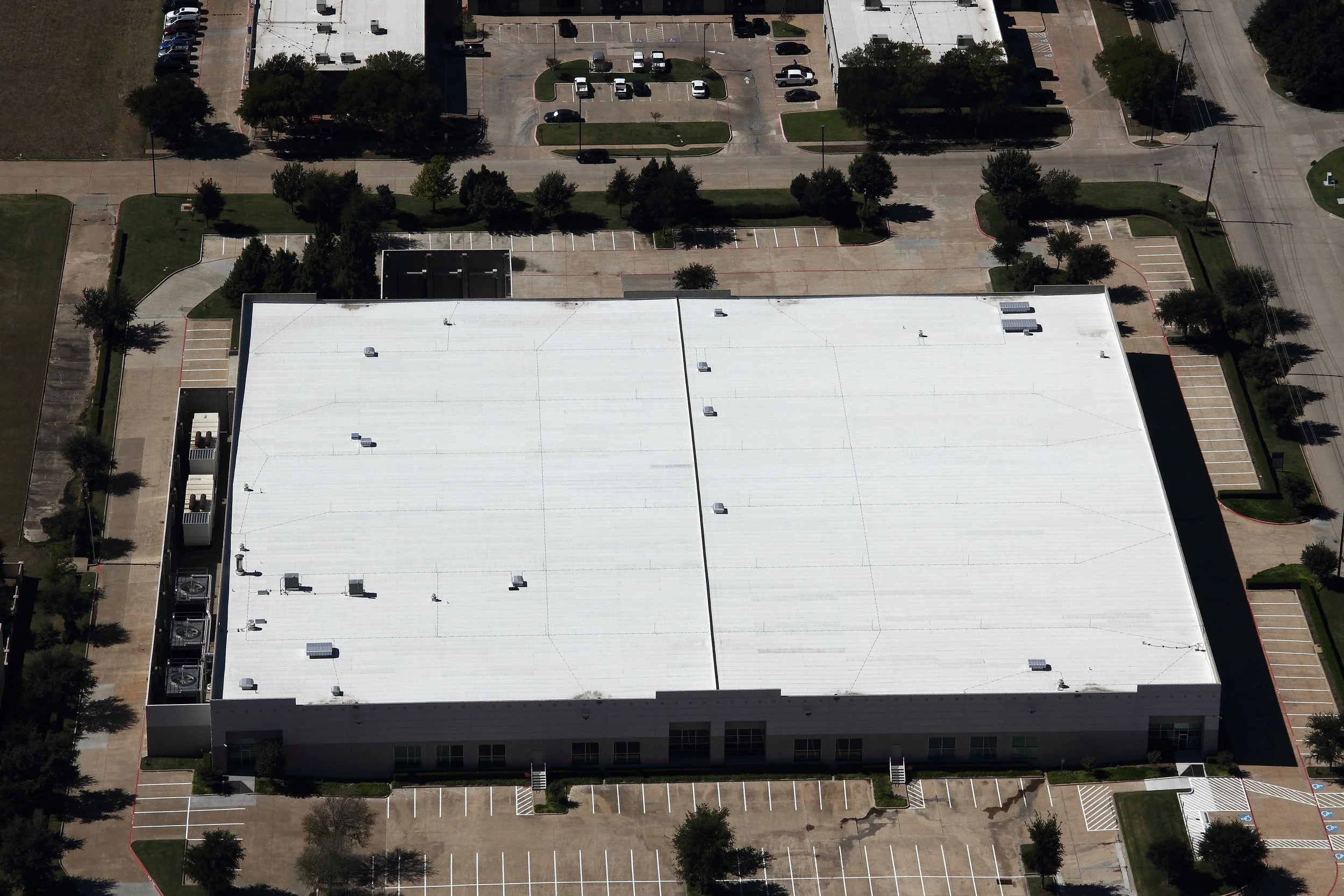Above Grade waterproofing Applications
Building envelope, caulking, waterproofing coatings, flashing
Above grade waterproofing is the prevention of water intrusion into exposed elements of a structure or its components. Above-grade materials are exposed to detrimental weathering effects such as rain, wind, and ultraviolet light
All buildings experience some sort of exposure to different weathers, or in an area that only gets occasional rain, every building can benefit from above-grade waterproofing. In fact, every building must have above grade waterproofing if it is to last more than a few short years. Above grade waterproofing is essential.
A building envelope is the physical separator between the inside and outside environment of a building including resistance to air, water, heat, light, and noise transfer.
Caulking is a material used to seal joints or seams against leakage in various structures and piping.
Flashing refers to thin pieces of impervious material installed to prevent the passage of water into a structure from a joint or as part of a weather resistant barrier system. Flashing is intended to decrease water penetration at objects such as chimneys, vent pipes, walls, windows and door openings to make buildings more durable and to reduce indoor mold problems.
A waterproofing coating is a covering that is applied to the surface of a vertical or horizontal object, usually referred to as the substrate, to prevent the penetration of water. The coating may be decorative, functional, or both.
Materials and features of Above-grade waterproofing must be:
Breathable: Above-grade waterproofing materials prevent liquid moisture from penetrating inward, but allow water vapor inside the wall to escape.
UV Resistant: Above-grade products, because they are exposed to the harsh sun, must be resistant to ultraviolet light. All above grade products, on the other hand, must retain their structural integrity and performance characteristics even after years of exposure to UV light. This is especially true of roofing membranes.
Thermal Strain: Above-grade coatings and sealants are exposed to temperature variations their below-grade counterparts could never withstand. Products must be able to handle not only the temperature swings, but also the thermal movement of the products they are bonded to.
Abrasion and Corrosion: Many above-grade coatings are applied to horizontal surfaces like balconies, plazas, and parking decks, where they are exposed to foot and vehicle traffic. In northern climates and ocean-front environments, above grade coatings must withstand exposure to salt and other chemicals as well, which are often applied as de-icing agents.
Aesthetically Pleasing: Lastly, the material must be aesthetically pleasing. Sometimes, this is a trade-off, with architects selecting a water-resistant product that has the desired look over a completely waterproof—but architecturally unacceptable—material.
WHAT'S COVERED IN OUR BUILDING ENVELOPE REPAIRS:
BID/PROPOSAL REQUEST:


